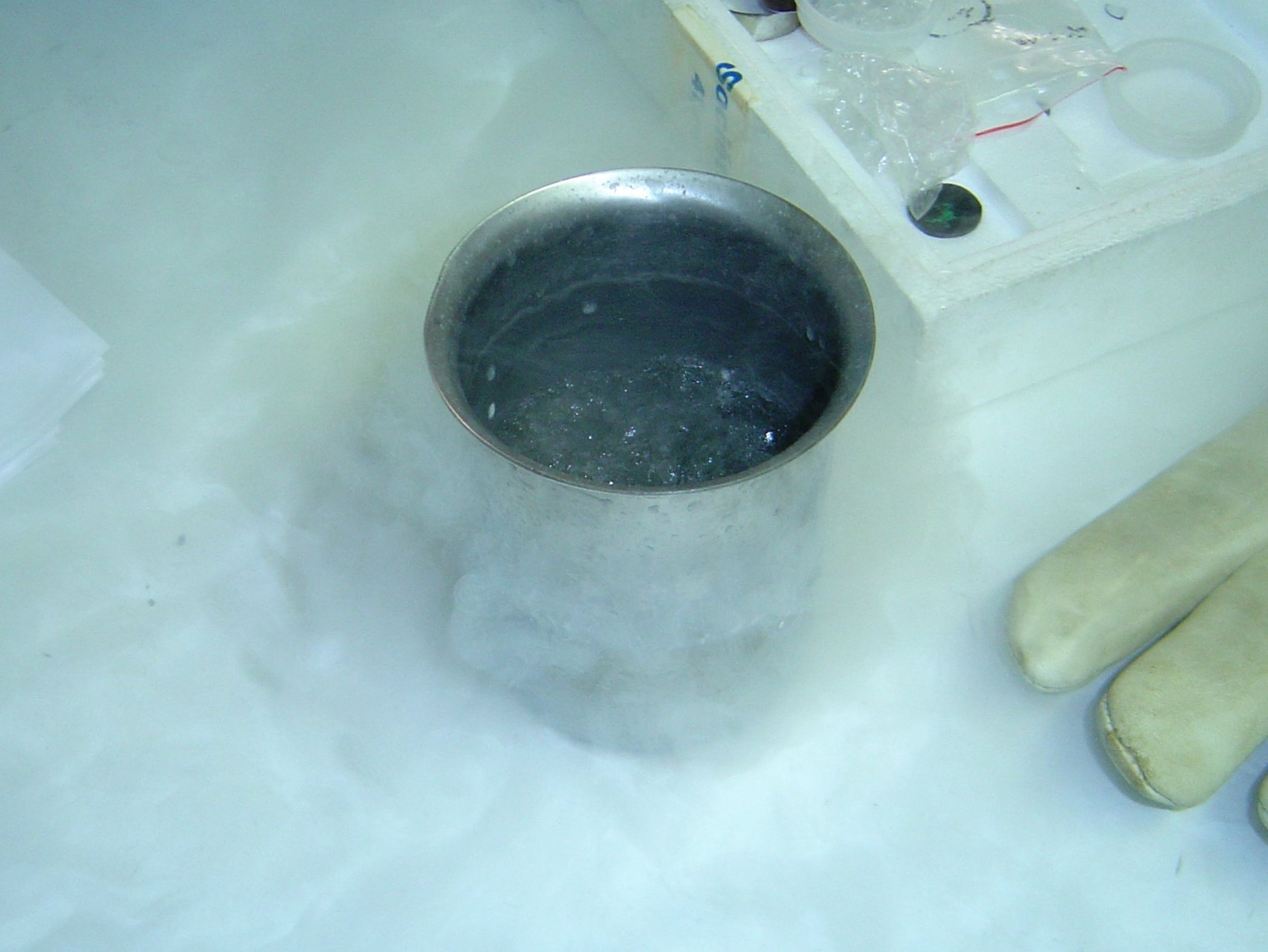February 23, 2021 1:00 PM / Everyone
High-resolution cryoEM of membrane protein complexes
by Werner Kühlbrandt, Max Planck Institute of Biophysics Frankfurt, Germany

Venue: online
Structural biology and molecular cell biology is currently undergoing a revolution, brought about by technical developments in electron cryo-microscopy (cryoEM). The "resolution revolution" in cryoEM is primarily due to a new generation of direct electron detectors and image processing programs. With these developments it is now possible to determine the detailed structures and molecular mechanisms of large and dynamic protein assemblies, in particular membrane proteins, that have been intractable for decades. Single-particle cryoEM of membrane protein complexes now routinely achieves 2-3 Å resolution, where all sidechains, cofactors and (in the case of membrane proteins) lipids, bound ions and even water molecules in a protein complex are visible. As an added bonus, cryoEM simultaneously records images of co-existing conformational states of a protein complex; the different conformations can be separated by image processing and put into a functional sequence. Using the same instruments, electron cryo-tomography (cryoET) can image macromolecular assemblies in their cellular or organellar environment at increasingly high resolution. We combine both approaches to investigate the structure and molecular mechanisms of energy-converting membrane protein complexes. CryoET of Mgm1 on lipid membranes indicates how this mechano-chemical GTPase may shape the mitochondrial cristae. CryoET of mitochondrial mem-branes indicates that the respiratory chain supercomplex is essentially conserved from plants to mammals. Single-particle cryoEM of complex I from Yarrowia lipolytica reveals bound substrates and lipids at 3.2 Å resolution. While the chloroplast ATP synthase is monomeric, all mitochondrial ATP synthases form dimers that assemble into long rows that induce local membrane curvature. Single-particle cryoEM of the chloroplast ATP synthase shows how the complex is turned off at night to prevent unproductive ATP hydrolysis. The 2.7 Å map of a mitochondrial ATP synthase dimer resolves 13 different rotary substates, providing unexpected new insights into the universal mechanism of ATP synthesis by rotary catalysis that drives most cellular processes.
The Speaker
The Lecture Series:
In the line of the Giersch – Summer School & International Conference on “Theoretical and Experimental Quantitative Cell Biology”. Interested people from all over the world are invited to join the series of public lectures live broadcasted from the 22. of February to the 4th of March 2021. Designated experts give insights in their research work and visions on future developments. The public lectures are part of the Giersch Summer School & Conference funded by the Giersch Foundation and FIAS and the scientific networks LOEWE DynaMem, LOEWE CMMS, ‘Xidian-FIAS Joint Research Center’ (XF-JRC), the Rhein-Main Universities, and the graduate program GRADE – IQbio.